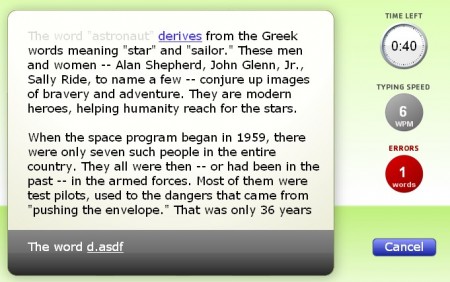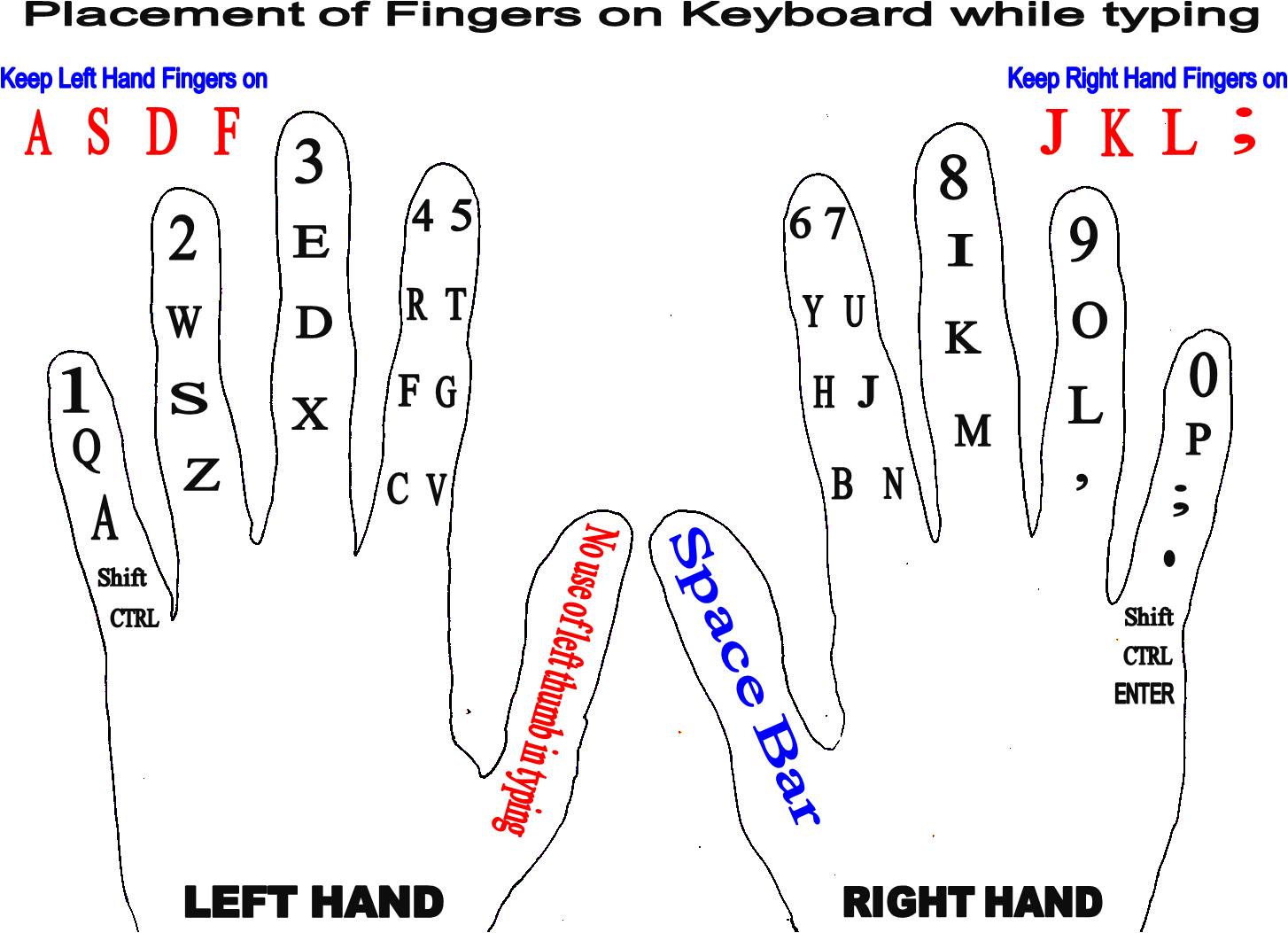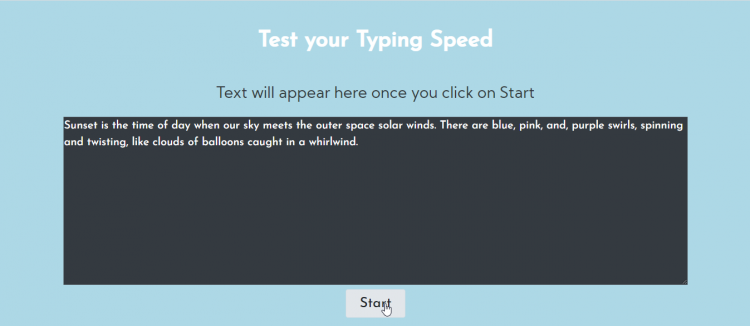

Surveillance capitalism and the challenge of collective action. These types of advances include technologies, methods and tactics to support alternatives to ‘surveillance capitalism’ (Shoshana Zuboff. If He's Still in, I'm Still in! How Reddit Posts Affect Gamestop Retail Trading. These empowerments produce disruptive abilities to communities that may influence sustainable trajections (André Betzer, Jan Philipp Harries. interactions 22.5 (2015): 38–43.) as well as giving our communities tremendous empowerment over traditional and established powerhouses. Technology, used within our digital communities, produces methods and tactics supporting community interaction (Chris Speed, Deborah Maxwell. Doughnut economics: seven ways to think like a 21st-century economist. We aim to call for work that examines techniques like digitally supported alternative modes of collaboration and commerce for planetary care and custodianship (Kate Raworth. Without need or want for creating (Yana Boeva, Peter Troxler. At the heart of the digital transformation is that of representation of the person and the people, their values, and the reasons why we do what we do. Harnessing the knowledge of the past and cross-examining state of the art research producing a transparent principles-led approach can lead to responsible, scalable, and sustainable innovation.ĭigital culture and communities will be brought to the forefront in this Special Issue. These challenges manifest in the form of security, organizational inequality, privacy, scalability, and even politics, to name a few. Diversity, advances, and rapid change often from grassroots approaches but can also lead to challenges. This does naturally lead to more inclusive societies. Diverse communities are brought together by specific common interests, forming virtual groups at an unprecedented rate. The three way relationships between pe ople, places (digital or physical) and means (tools) will be questioned and brought to the forefront.ĭigital innovation has recently accelerated rapidly and is constantly creating new avenues of what we can call industrial revolutions through game changing opportunities and capabilities to transform industries, occupations, relationships, and social norms.


This Special Issue of the journal will focus on the connection that exists between digital communities, sustainability, and citizen science. Discussion centers on how these findings were likely influenced by amount of time for instruction, general beliefs about writing instruction, student access to technology, and teacher awareness of how touch typing skills may influence the writing process. Few respondents indicated they or other school personnel offered touch typing instruction. Teacher perceptions of the impact of student touch typing skills on their writing was divided. Results indicated teachers felt touch typing skills were important and that a lack of touch typing proficiency would negatively impact student performance on standardized tests.

A survey completed by 268 teachers was followed by interviews with 12 participants. Participants included third through sixth grade teachers from eight California counties. This mixed methods study examined the beliefs and practices of elementary teachers related to teaching students touch typing skills. High expectations for writing across all levels of education suggest the need for touch typing skills. Consequently, searching for keyboard letters restricts them from fully engaging in the writing process. Writers have a limited number of cognitive resources to allocate to the task. Our study is the first step towards improving typing performance on flat keyboards by delivering more advanced and comprehensive assistive information beyond the visual channel. Our findings are useful for developing flat keyboards with assistive information through sensory feedback. The results also show that key-correctness information leads to more corrected errors and lowers typing efficiency. The results show that typing speed is not significantly affected by the information content in sensory feedback, but the uncorrected error rate is significantly lower when key-correctness information is available. Twelve participants are asked to touch type a number of randomly selected phrases under various combinations of visual, auditory and haptic sensory feedback conditions. We evaluate and compare typing performance with key-press confirmation and key-correctness information through sensory feedback. We build a flat keyboard apparatus with haptic and auditory keyclick feedback. We investigate the effect of information content in sensory feedback on typing performance using a flat keyboard.


 0 kommentar(er)
0 kommentar(er)
